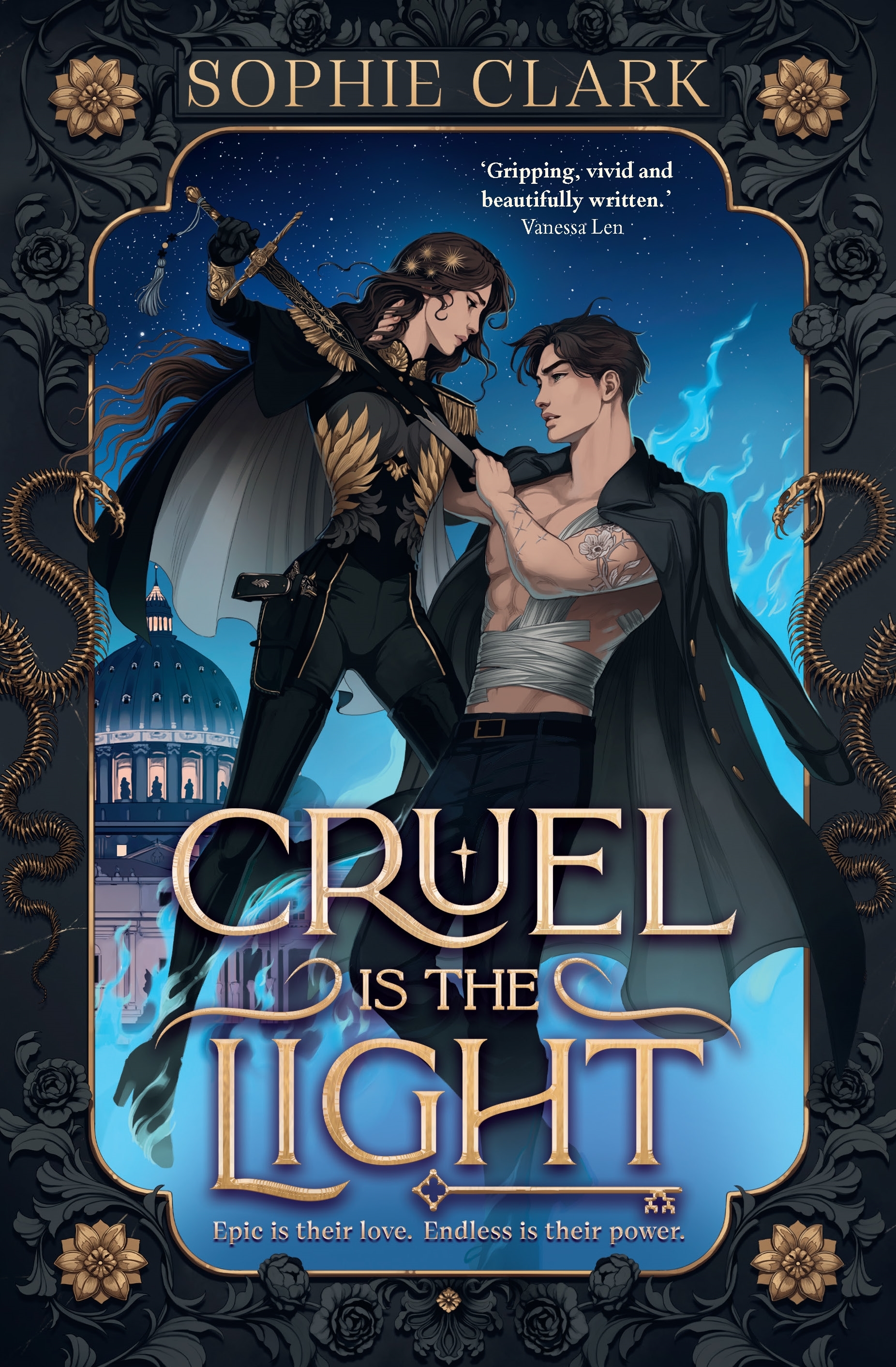I've been sitting on this fic for far too long and at this point it is melting out of my eyes. Hopefully posting it will give me back brain power.
Coming Forth by Day (24977 words) by sevenofspade
Chapters: 1/1
Fandom: Black Panther (Marvel Movies), Ancient Egyptian Religion
Rating: Not Rated
Warnings: Creator Chose Not To Use Archive Warnings
Relationships: Erik Killmonger & Shuri
Characters: Shuri (Marvel), Erik Killmonger, Bastet (Ancient Egyptian), Set (Ancient Egyptian), Tanit (Carthaginian Religion & Lore)
Additional Tags: written before Wakanda Forever, Alternate Universe - Canon Divergence
Summary: Shuri and the others don't go to the Jabari following Killmonger's murder of T'Challa, and the gods take a more active role.
This fic was started shortly after the first Black panther movie came out and I have ignored all MCU canon since. Nothing but the movie and myths, babey!
This fic is, to me, "Shuri vs the gods of pre-dynastic Egypt", but that's not entirely accurate. The existence of Bast is attested since at least the IVth dynasty (Old Kingdom). I thought it was prior to Narmer's unification of Upper and Lower Egypt, but I can no longer find the source. I've chosen to interpret this, in the context of the MCU, as meaning she was brought there by Wakandans.
Additionally, predynastic Egypt has kings known as
Scorpion,
Double Falcon and
Crocodile, a list of names in which "Black Panther" would fit perfectly.
Seth dates back to Naqada III (predynastic Egypt), Neith to the Irst dynasty (Thinite period), as does Khnoum.
I have also chosen to use the French names of the gods because I'm French ¯\_(ツ)_/¯
The gods of Ancient Egypt, with very rare exceptions, are associated with one or more animals. These animals are all real and known animals.
Except for the
sha, Seth's animal.
There are several theories as to what animal the sha is meant to be. The one I most believe in and have chosen to use for this fic -- under the name "seteshin" is that it is a (sub-)species of canid, gone extinct in Ancient times, as happened to
Ovis longipes palaeo-aegyptiacus, itself linked to Khnoum.
I'm sure I'll close this window and be reminded of something I meant to say, but alas I have a headache and must away.
